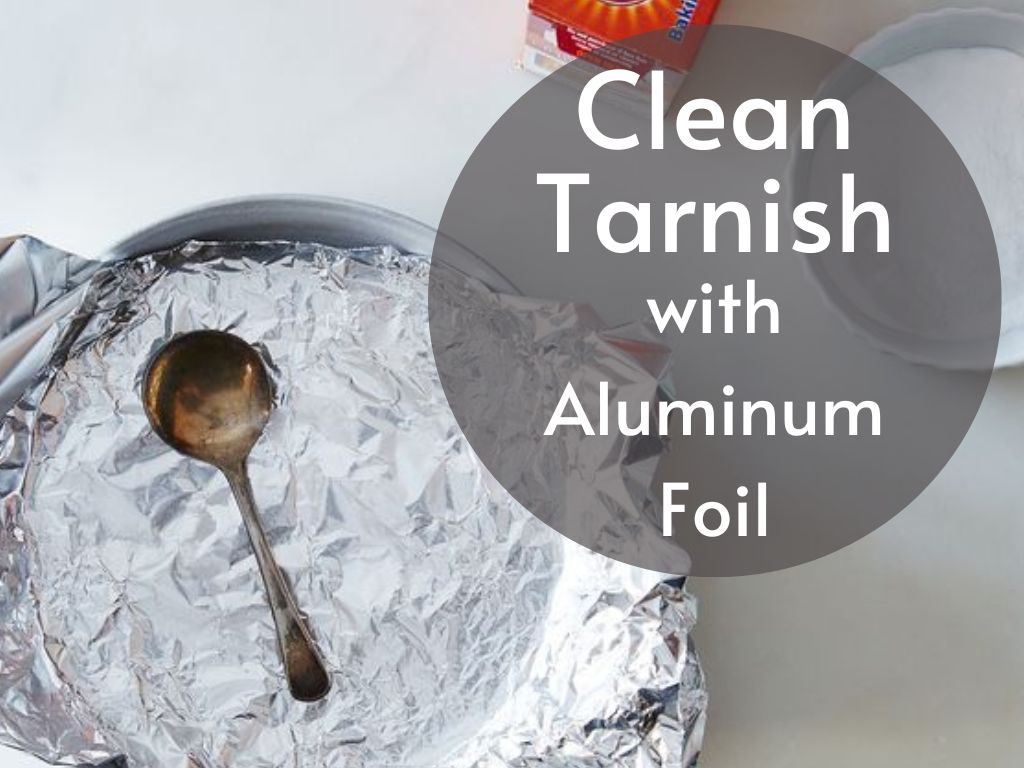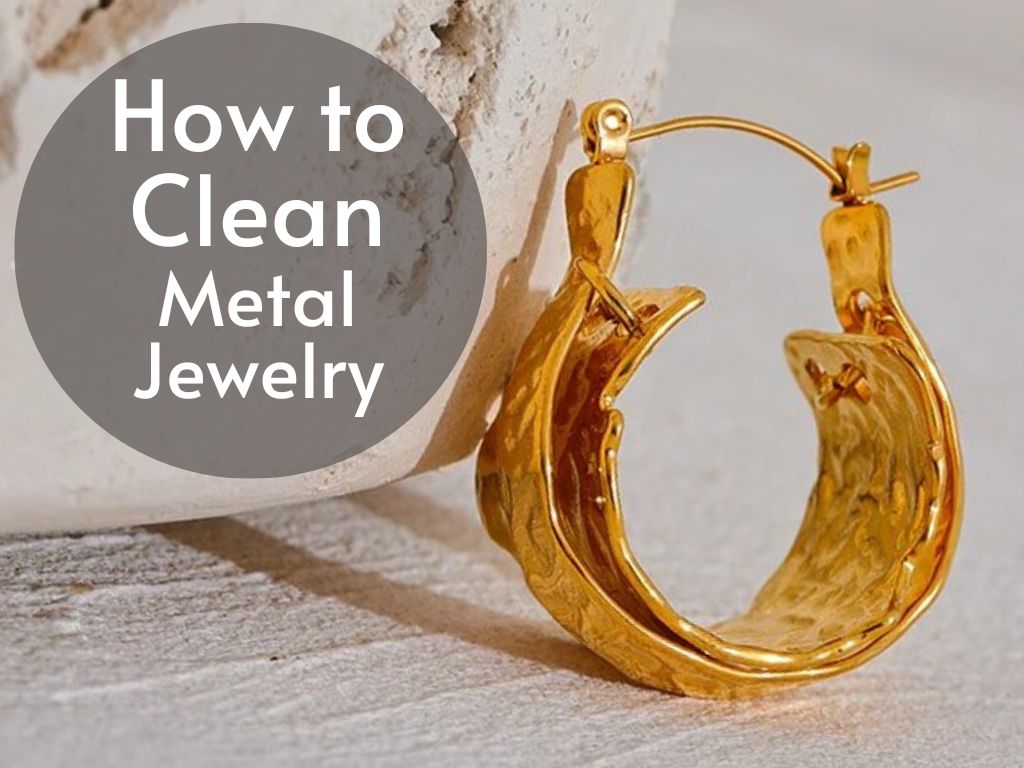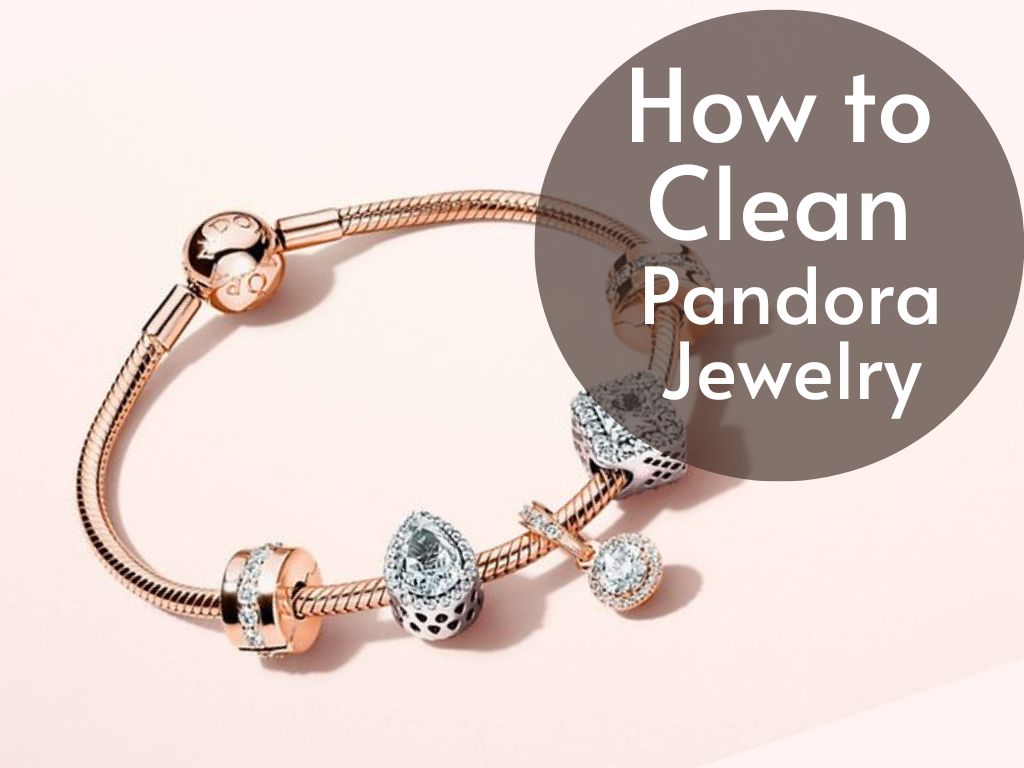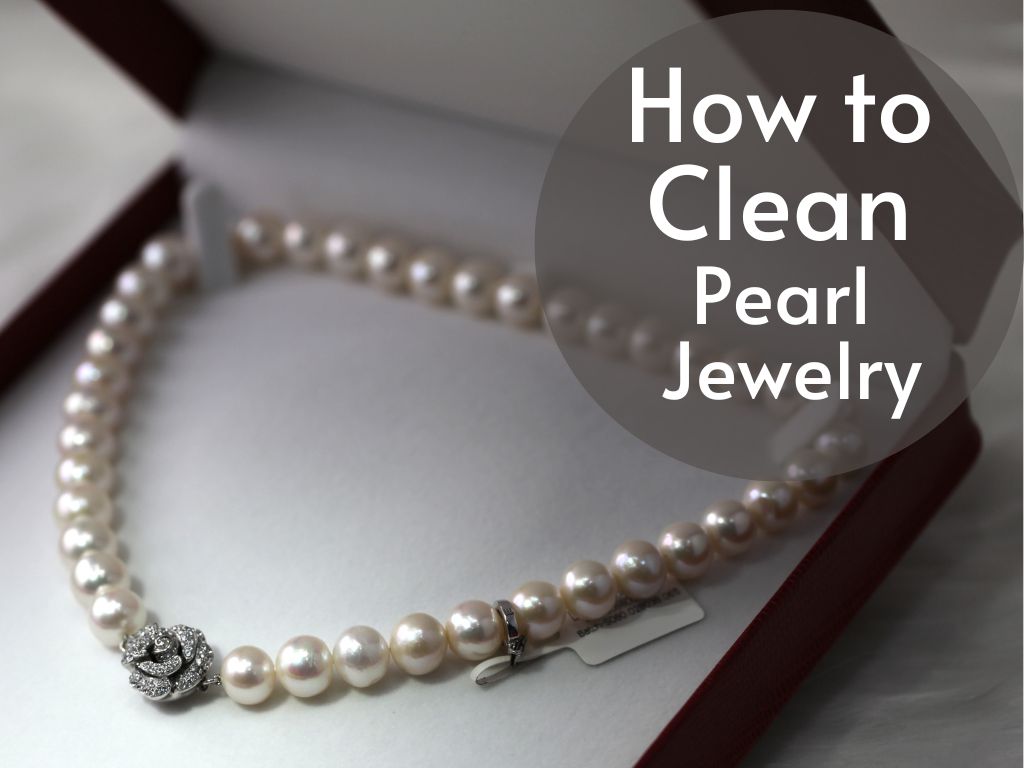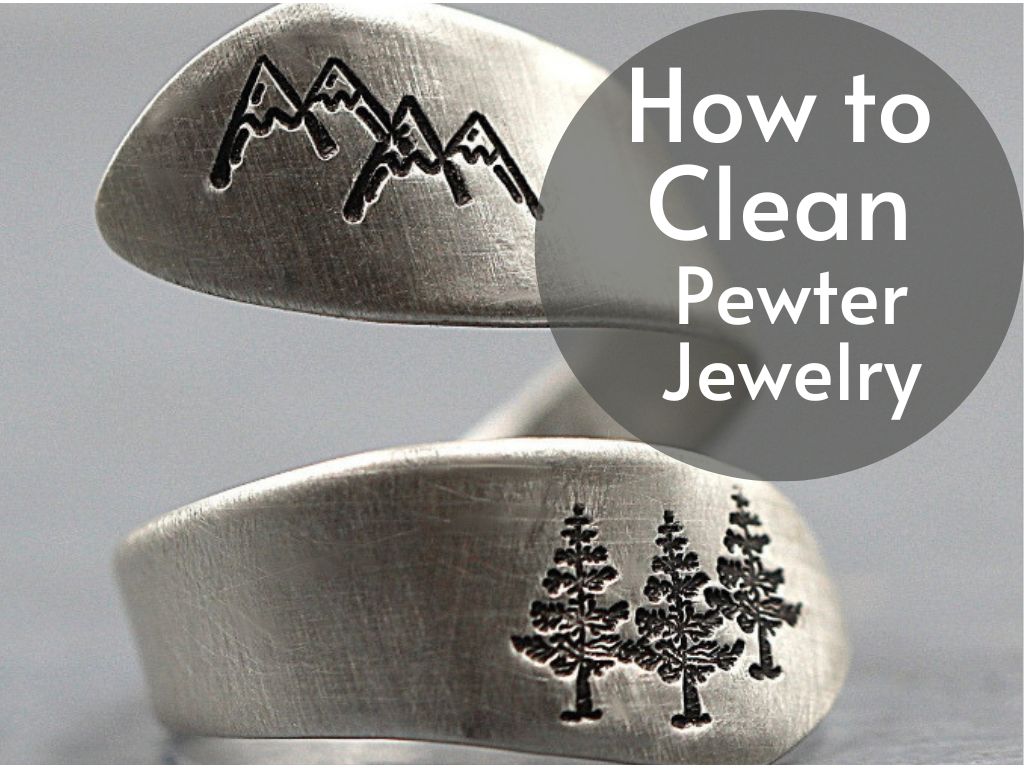Jewelry has been cherished by humans for centuries, not only as a means of adornment but also as a symbol of beauty, prestige, and sentiment. From delicate silver necklaces to ornate gold bracelets, these precious accessories are meant to dazzle and enhance our appearance. However, over time, even the most exquisite pieces can lose their luster due to tarnish.
The Importance of Maintaining the Luster and Shine of Jewelry
The allure of jewelry lies in its ability to reflect light and captivate the eye with its brilliance. Whether it’s an heirloom passed down through generations or a recent addition to your collection, maintaining the luster and shine of your jewelry is essential to preserve its intrinsic value. When jewelry loses its shine, it not only diminishes its aesthetic appeal but may also leave you feeling disheartened.
A dull piece fails to evoke the same sense of elegance and glamour that was once associated with it. Moreover, tarnished jewelry can give off an impression of neglect or lack of care on the part of the wearer.
Tarnish as a Common Issue Faced by Jewelry Owners
Tarnish is an inevitable challenge that many jewelry owners face. It refers to the discoloration or darkening that occurs on metals such as silver, copper, brass, or gold due to chemical reactions with substances present in the environment.
Airborne pollutants like sulfur compounds or moisture can react with metal surfaces over time, resulting in a thin layer called patina or tarnish. This layer acts as a barrier between light and metal’s surface thereby diminishing its reflective properties.
Additionally, certain chemicals found in household products like lotions or perfumes can accelerate tarnishing processes when they come into contact with precious metals. Therefore, even jewelry worn infrequently can suffer from tarnish if not appropriately cared for.
Introduction to the Technique of Using Aluminum Foil for Cleaning Tarnished Jewelry
While there are numerous commercial jewelry cleaning products available, some of them can be expensive or contain harsh chemicals. An alternative solution, widely known and favored by jewelry enthusiasts and experts alike, involves a humble household item: aluminum foil. The concept behind using aluminum foil to clean tarnished jewelry is both simple and fascinating.
By harnessing a chemical reaction between the metal in your jewelry piece, the tarnish layer, and aluminum foil as a catalyst, you can effectively restore its shine without causing any damage to the metal itself. In the following sections of this article, we will delve into the science behind this cleaning technique and provide you with detailed instructions on how to utilize aluminum foil’s remarkable properties to revive your treasured pieces back to their former glory.
Understanding Tarnish
Explanation of what tarnish is and how it forms on jewelry:
Tarnish, in the context of jewelry, refers to a thin layer of discoloration or darkening that forms on the surface of metals over time. It is primarily caused by a chemical reaction known as oxidation. When metals come into contact with substances like air, moisture, or certain chemicals, a reaction occurs that leads to the formation of tarnish.
This process is accelerated when the metal is exposed to sulfur-containing compounds present in the atmosphere or from contact with substances like perfumes, lotions, or cleaning agents. Tarnish not only diminishes the luster and beauty of your jewelry but can also cause it to look dull and less appealing. Factors that contribute to tarnish:
There are several factors that contribute to the tarnishing process. The most significant factor is exposure to air and moisture. When metals are exposed to oxygen and water vapor present in the air, they undergo a chemical reaction that results in tarnishing.
Additionally, certain chemicals found in everyday items can accelerate this process. For example, sulfur-containing compounds found in rubber bands or items made from rubber can release sulfurous gases that react with metal surfaces and cause tarnishing. Different types of metals prone to tarnishing:
While all metals have some degree of susceptibility to tarnish over time, some are more prone than others due to their composition. Silver is widely known for its tendency to develop tarnish quickly because it reacts readily with sulfur compounds present in the atmosphere.
Copper is another metal highly susceptible to tarnishing as it oxidizes when exposed to air and moisture. Brass shares similar characteristics with copper and tends to develop a patina over time due to oxidization processes.
Gold jewelry can also experience minor tarnishing, especially when it is alloyed with other metals like copper or silver. However, pure gold is relatively resistant to tarnish due to its inert properties.
Understanding the process of tarnish formation and the factors that contribute to it is essential in order to effectively combat and prevent further tarnish on your precious jewelry. By grasping these concepts, you will be better equipped to protect and maintain the natural radiance and beauty of your cherished pieces.
The Science Behind Aluminum Foil Cleaning Method
Explanation of the chemical reaction involved in this cleaning technique
When it comes to cleaning tarnished jewelry, understanding the chemical reaction behind the process can shed light on its effectiveness. The aluminum foil cleaning method relies on a redox reaction, also known as an oxidation-reduction reaction. Tarnish occurs when metals like silver, copper, or brass react with oxygen in the air, forming a layer of metal oxide on the surface.
This metal oxide layer gives jewelry a dull and discolored appearance. By immersing tarnished jewelry in a solution and placing it on aluminum foil, a fascinating chemical exchange takes place.
The aluminum acts as a reducing agent during this process. As tarnish contains sulfur compounds (silver sulfide or copper sulfide), the aluminum reacts with these compounds to form aluminum sulfide while releasing free metal ions from the tarnished jewelry.
Role of aluminum foil as a catalyst in the process
Aluminum foil plays a crucial role as a catalyst when using this cleaning method for tarnished jewelry. A catalyst is a substance that facilitates or speeds up chemical reactions without being consumed itself during the process.
In this case, aluminum foil acts as an intermediary between the tarnished metal and other substances involved in the redox reaction. The surface of aluminum foil is composed of many tiny scratches and imperfections that create numerous sites for microscopic corrosion to occur rapidly.
As these corrosion sites are formed, they provide electrons necessary for reduction reactions to take place more effectively. This enables efficient removal of tarnish from jewelry by facilitating electron transfer between metals and sulfur compounds present on their surfaces.
How the reaction helps remove tarnish from jewelry effectively
The redox reaction that occurs between tarnished jewelry and aluminum foil results in breaking down metal sulfides into their respective metal elements while forming aluminum sulfide. The formation of aluminum sulfide is crucial since it has a powdery or flaky nature, making it easier to remove from the jewelry’s surface.
Moreover, the reaction between aluminum foil and tarnish generates heat, further aiding in the removal process. The warmth created during this chemical exchange helps loosen and dissolve tarnish, allowing it to be easily wiped away.
This method is particularly effective for jewelry with intricate designs or hard-to-reach areas where traditional cleaning techniques may struggle. The science behind using aluminum foil as a catalyst in the tarnish removal process lies in its ability to initiate a redox reaction with metal sulfides.
By facilitating electron transfer and generating heat, aluminum foil effectively breaks down tarnish while leaving jewelry looking fresh and restored. Understanding this chemical reaction provides valuable insight into why this cleaning method is so successful in restoring shine and luster to tarnished jewelry pieces.
Materials Needed for Cleaning Tarnished Jewelry with Aluminum Foil
List of necessary items:
1. Aluminum foil sheets (preferably heavy-duty): When cleaning tarnished jewelry, it is important to use aluminum foil that is thick enough to withstand the cleaning process.
Heavy-duty aluminum foil provides better durability and effectiveness in removing tarnish. 2.
Warm water: Warm water is an essential component of this cleaning method as it helps facilitate the chemical reaction between the jewelry and aluminum foil. The heat from the warm water accelerates the process and aids in loosening stubborn tarnish.
3. Mild dish soap or baking soda (optional): While not mandatory, using mild dish soap or baking soda can enhance the cleaning power of this method.
These gentle cleaners help break down oils, dirt, and grime that may be present on your jewelry, allowing for a more thorough cleansing. 4.
Soft-bristle toothbrush or cotton swabs (for intricate designs): For jewelry pieces with intricate designs or hard-to-reach areas, a soft-bristle toothbrush or cotton swabs are ideal tools to use during the cleaning process. They allow you to gently scrub away tarnish without causing any damage to delicate features or settings.
5. Soft microfiber cloth or polishing cloth: After completing the cleaning process using aluminum foil, it is crucial to dry and polish your jewelry properly.
A soft microfiber cloth or specifically designed polishing cloth will help remove any remaining moisture and restore shine to your jewelry’s surfaces. Ensure that you have all these materials ready before beginning the cleaning process so that you can proceed smoothly without any interruptions.
Step-by-Step Instructions for Cleaning Tarnished Jewelry with Aluminum Foil
Preparation:
To begin the process of cleaning your tarnished jewelry using aluminum foil, it is essential to gather all the necessary materials beforehand. Start by cutting a piece of aluminum foil into small squares or strips.
The size can vary depending on the amount of jewelry you plan to clean. Next, fill a bowl with warm water, ensuring that it is enough to fully submerge your jewelry pieces.
If desired, you can add a small amount of mild dish soap or sprinkle some baking soda into the water to enhance the cleaning power. This optional step is particularly useful for tackling stubborn tarnish.
Cleaning Process:
Now that you have prepared all the necessary materials and solutions, it’s time to dive into the actual cleaning process using aluminum foil. Begin by lining a glass dish or bowl with a fresh sheet of aluminum foil, making sure that it covers the entire surface area.
The shiny side should face upwards towards your tarnished jewelry pieces. This setup creates an electrochemical reaction that aids in removing tarnish effectively.
Carefully place your tarnished jewelry onto the aluminum foil-lined dish or bowl, ensuring that each piece has direct contact with the foil’s surface. It’s crucial not to overcrowd them, as this might hinder the reaction and compromise the cleaning outcome.
Allow your jewelry to sit undisturbed in this position for approximately 5-10 minutes. During this time, you will notice a slight fizzing or bubbling effect occurring between your jewelry and the aluminum foil.
This is a positive sign indicating that the chemical reaction is taking place and successfully removing tarnish from your precious pieces. Once sufficient time has passed, carefully remove each piece from its position on top of the aluminum foil and rinse them thoroughly under running water to remove any residues left behind by the cleaning process.
Depending on the intricacy of your jewelry, you can use a soft-bristle toothbrush or cotton swabs to gently brush away the remaining tarnish from hard-to-reach areas. Dry your jewelry thoroughly using a soft microfiber cloth or polishing cloth before storing or wearing it again.
Conclusion
Cleaning tarnished jewelry using aluminum foil is an effective and accessible method that can restore its natural shine and luster. By following the step-by-step instructions provided, you can easily transform dull, discolored pieces into radiant treasures once again.
The electrochemical reaction created by the combination of aluminum foil, warm water, and optional cleaning agents works wonders in breaking down tarnish and bringing out the inherent beauty of your jewelry. With this simple yet powerful technique at your disposal, there’s no need to fret over tarnished jewelry anymore.
Embrace the joy of reviving cherished accessories with just a few basic household items. By investing some time and care in maintaining your jewelry’s appearance through regular cleaning sessions, you ensure that they remain stunning for years to come – true reflections of your own timeless elegance.

